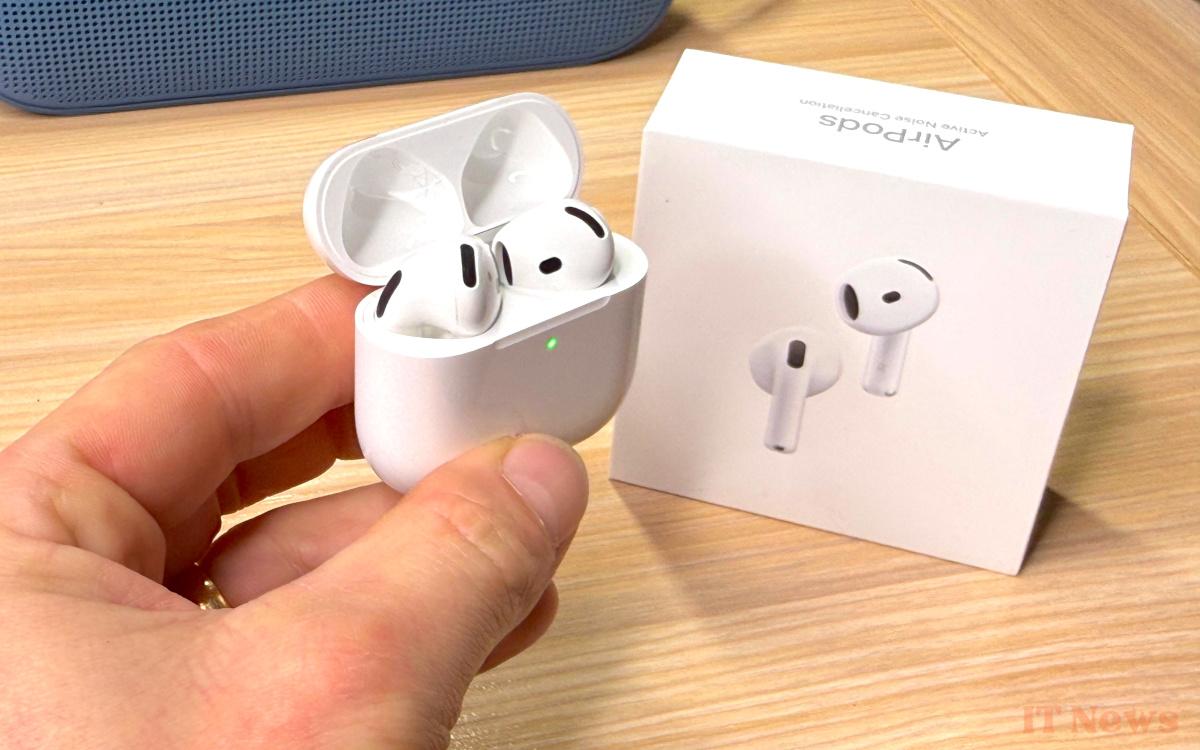Headphones aren't just for listening to music anymore. Apple is exploring a new way to monitor health through sound. A recent study reveals how AI could transform AirPods into real medical tools.
Technological developments continue to bring connected accessories closer to the medical field. Smartwatches and other devices we use every day now have sensors that can track certain bodily functions. These devices have become allies for better understanding one's health, without having to go to the doctor.
Apple is now interested in audio as a new source of information about the human body. A recent study conducted by the brand shows that artificial intelligence models can analyze heart sounds to deduce heart rate. This method could be integrated into future AirPods, such as the AirPods 4 ANC, which already have microphones and advanced features. This approach opens the door to new medical uses for everyday wearables.
Apple trains AI to listen to the heart via AirPods to measure heart rate
In a technical paper, Apple explains how it used heartbeat recordings called phonocardiograms. The company subjected approximately 20 hours of these sounds to different AI models originally designed for speech recognition. These included Whisper, wav2vec2, wavLM, and an internal model called CLAP. The goal was to see if these systems could be diverted from their original function to detect heart rate. The sounds came from a public database and were accompanied by reference information from electrocardiograms.
The tests generated more than 23,000 five-second audio clips, each analyzed to estimate heart rate. Apple says its CLAP model performed the best, with a lower margin of error than others. Unlike other AIs, this one was trained on a variety of sounds, not just human voices, which would improve its ability to understand body sounds. The company also plans to use this method to spot abnormalities like arrhythmias or heart murmurs. If this technology is integrated into AirPods, it could turn the earbuds into true health monitoring tools, without the need for additional visible sensors.




0 Comments